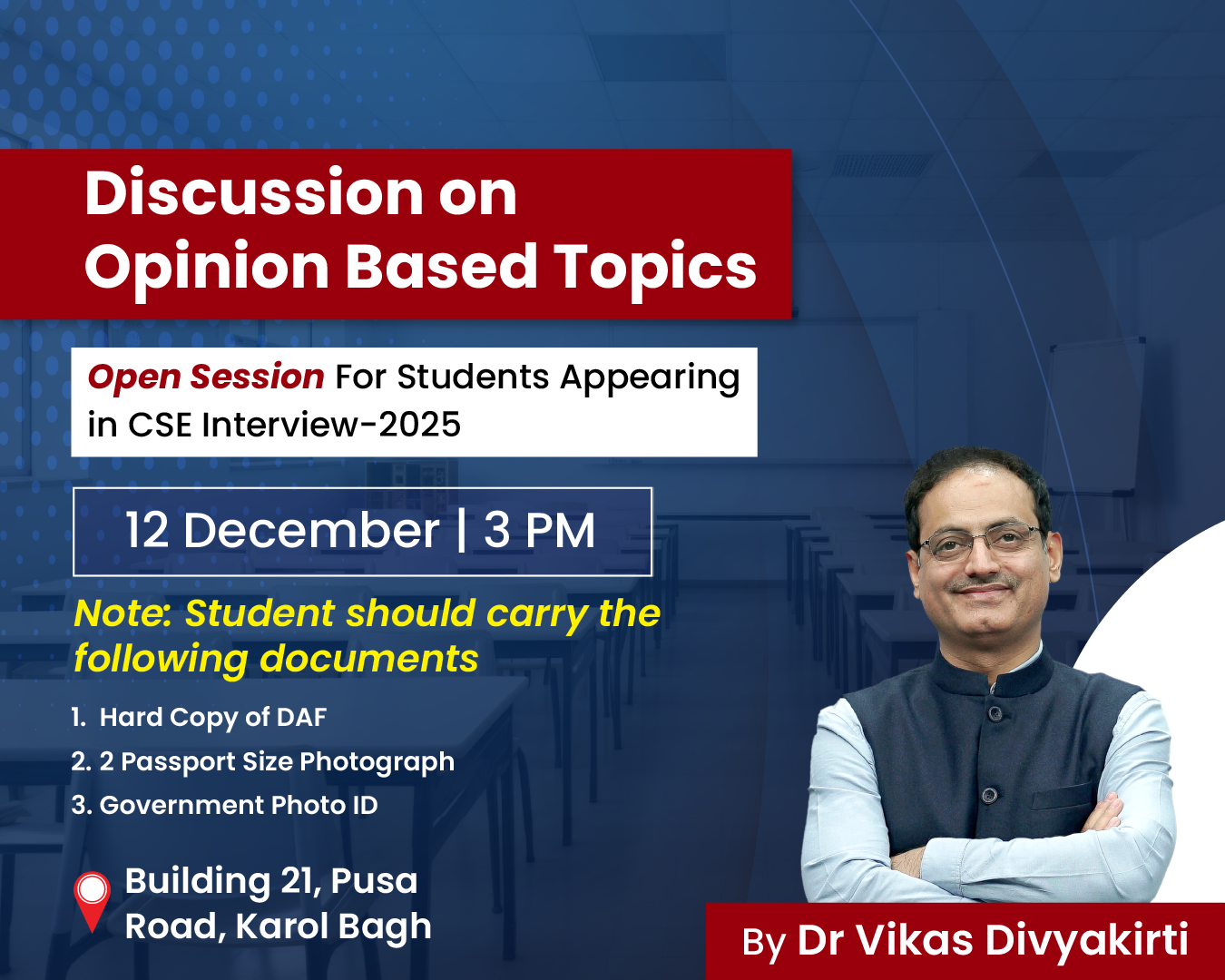- Filter By :
- Geography
- History
- Indian Heritage & Culture
- Indian Society
-
Q. The Quit India Movement deviated from the Gandhian ideology. Discuss (150 words)
06 Apr, 2020 GS Paper 1 HistoryApproach:
- Discuss the launch of the Quit India Movement.
- Explain the influence of Gandhi Ji's mantra of ‘Do or Die’.
- Briefly state the outburst of mass anger and associated events.
- Conclude stating its significance.
Introduction
The Quit India Movement also known as 'August Revolution' was launched after the failure of the Cripps Mission when it failed to solve the constitutional deadlock. The resolution was framed by Mahatma Gandhi for British withdrawal and a non-violent non-cooperation movement against any Japanese invasion.
The Congress Working Committee authorised Gandhiji to take charge of the non-violent mass movement at Wardha meeting and it was ratified at the Congress meeting at Gowalia Tank, Bombay, on August 8, 1942.
Body
Spread of Movement
- ‘Do or Die’ mantra: Gandhi’s famous mantra “We shall either free India or die in the attempt; we shall not live to see the perpetuation of our slavery” led to an arrest of all the top leaders of the Congress in the early hours of August 9, 1942, and being taken to unknown destinations.
- A spontaneous outburst of mass anger: the arrest of leaders led to mass upsurge all over the country for six or seven weeks after the unexpected event of August 9, 1942.
- Methods used: people devised a variety of ways of expressing their anger. In some places, huge crowds attacked police stations, post offices, courts, railway stations and other symbols of a government authority.
- National flags were forcibly hoisted on public buildings in defiance of the police. Cities, towns and villages witnessed the people’s wrath.
- The greatest level of violence occurred in Bihar and Eastern United Province (now Uttar Pradesh).
- Parallel governments were established at many places:
- Ballia (in August 1942 for a week) under Chittu Pandey.
- Tamluk (Midnapore, from December 1942 to September 1944) Jatiya Sarkar undertook cyclone relief work, sanctioned grants to schools, supplied paddy from the rich to the poor, organised Vidyut Vahinis, etc.
- Satara (mid-1943 to 1945), “Prati Sarkar”, was organised under leaders like Y.B. Chavan, Nana Patil, etc.
- Mahatma Gandhi refused to condemn the violence of the masses and held the government responsible for this violence.
- The Quit India movement failed because of heavy-handed suppression by Government, weak coordination, lack of leadership and a clear-cut programme of action.
Conclusion
- The Quit India movement was the spontaneous participation of the masses compared to the other Gandhian movements like non-cooperation and civil disobedience.
- The great significance of this historic movement was that it placed the demand for independence on the immediate agenda of the national movement.
- After ‘Quit India’ there could be no retreat. Independence was no longer a matter of bargain. And this became amply clear after World War-II.
To get PDF version, Please click on "Print PDF" button.
Print PDF





